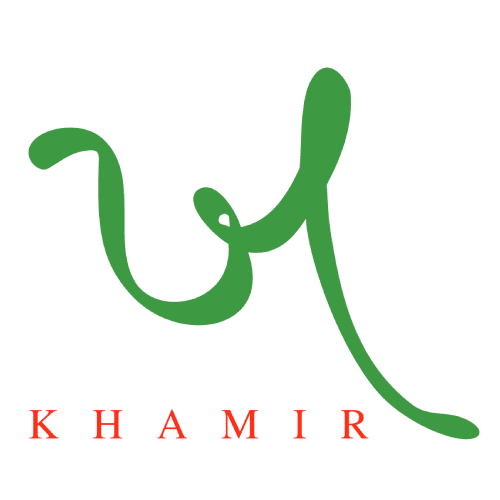Additional information
| Size | |
|---|---|
| Material | Wood |
| Color | |
| Wash care | Wash with a mild detergent or dishwashing soap. Keep away from abrasives and deep water soaks. Wipe with clean dry cloth to remove dust. |
₹150.00 Incl. GST
Rate is for single piece, It is available in assorted design & colors.
Been practised as an art form for centuries by the semi-nomadic tribal Wadha community, the lacquer obtained from trees and extracted with a stone is mixed with colours and applied to wooden objects to create kaleidoscopic patterns and make them attractive and colourful.
Practised using simple handmade tools — a self-made lathe, a string attached to a bow, and sticks of coloured lac. Each lathe is demarcated by two sharpened iron rods which are bent towards each other at ninety-degree angles and fixed in the ground. The distance between them is dependent on the length of wood the artisan is turning because the wood must be held firmly between the rods’ pointed ends. Next, the artisan begins by carving the wood into the desired shape, mixes the lac with colours creating coloured patterns on the object. Traditionally, vegetable dyes were used, but today artisans use brightly coloured chemical dyes. Finally, to help retain the sheen of the objects, groundnut oil is applied.
4 in stock

| Size | |
|---|---|
| Material | Wood |
| Color | |
| Wash care | Wash with a mild detergent or dishwashing soap. Keep away from abrasives and deep water soaks. Wipe with clean dry cloth to remove dust. |
Rate is for single piece, It is available in assorted design & colors.
Been practised as an art form for centuries by the semi-nomadic tribal Wadha community, the lacquer obtained from trees and extracted with a stone is mixed with colours and applied to wooden objects to create kaleidoscopic patterns and make them attractive and colourful.
Practised using simple handmade tools — a self-made lathe, a string attached to a bow, and sticks of coloured lac. Each lathe is demarcated by two sharpened iron rods which are bent towards each other at ninety-degree angles and fixed in the ground. The distance between them is dependent on the length of wood the artisan is turning because the wood must be held firmly between the rods’ pointed ends. Next, the artisan begins by carving the wood into the desired shape, mixes the lac with colours creating coloured patterns on the object. Traditionally, vegetable dyes were used, but today artisans use brightly coloured chemical dyes. Finally, to help retain the sheen of the objects, groundnut oil is applied.
Khamir is a platform for conserving crafts, heritage and cultural ecology of Kutch, Gujarat. Instituted after 2001’s earthquake as a joint initiative of Kutch Nav Nirman Abhiyan and Nehru Foundation for Development.
Reviews
There are no reviews yet.